



With Virginia Barratt, Francesca da Rimini, Cory Doctorow, Shu Lea Cheang, Jennifer Lyn Morone™ Inc, Andrew McKenzie, Angela Oguntala, Dr. Richard Stallman, Stelarc, Jacob Wamberg, Lu Yang
Inspired by the Phillip K Dick short story “The Electric Ant” this year’s CLICK seminar curated with Furtherfield explores how identity and perceptions of reality have changed in a world where humans, society and technology have merged in unexpected ways. Who are we, what’s real, where can we expect to go from here, and how can we get there together?
From future shock to FOMO (fear of missing out), accelerating technological change has disrupted our perception of ourselves and the world around us. Pervasive computing, genetic engineering, artificial intelligence, drones and robotics, neural interfaces and implants, 3D printing, nanotechnology, big data and ever more technologies are redrawing the boundaries of what it means to be human and what it means to be you.
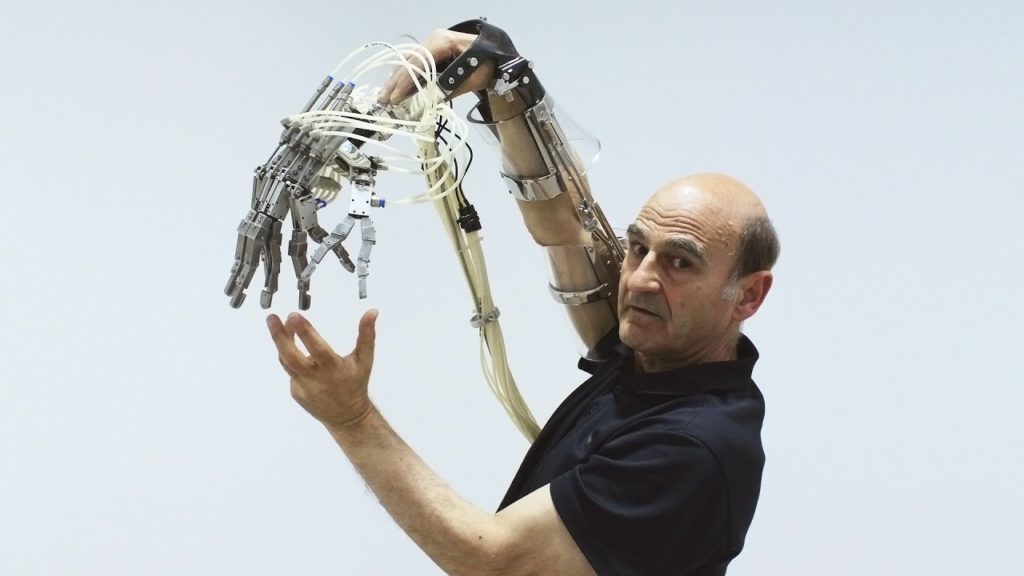
At the same time the design and unintended consequences of technology are creating new mass behaviours. And the productive forces of social media, peer production, hacker culture and maker culture are creating new possibilities for creation and expression. All of this changes how we relate to one another within society as part of the public.
This years CLICK festival, co-curated by Furtherfield sets out to explore questions related to identity and perceptions of reality in a world where humans and technology have merged in unexpected ways.
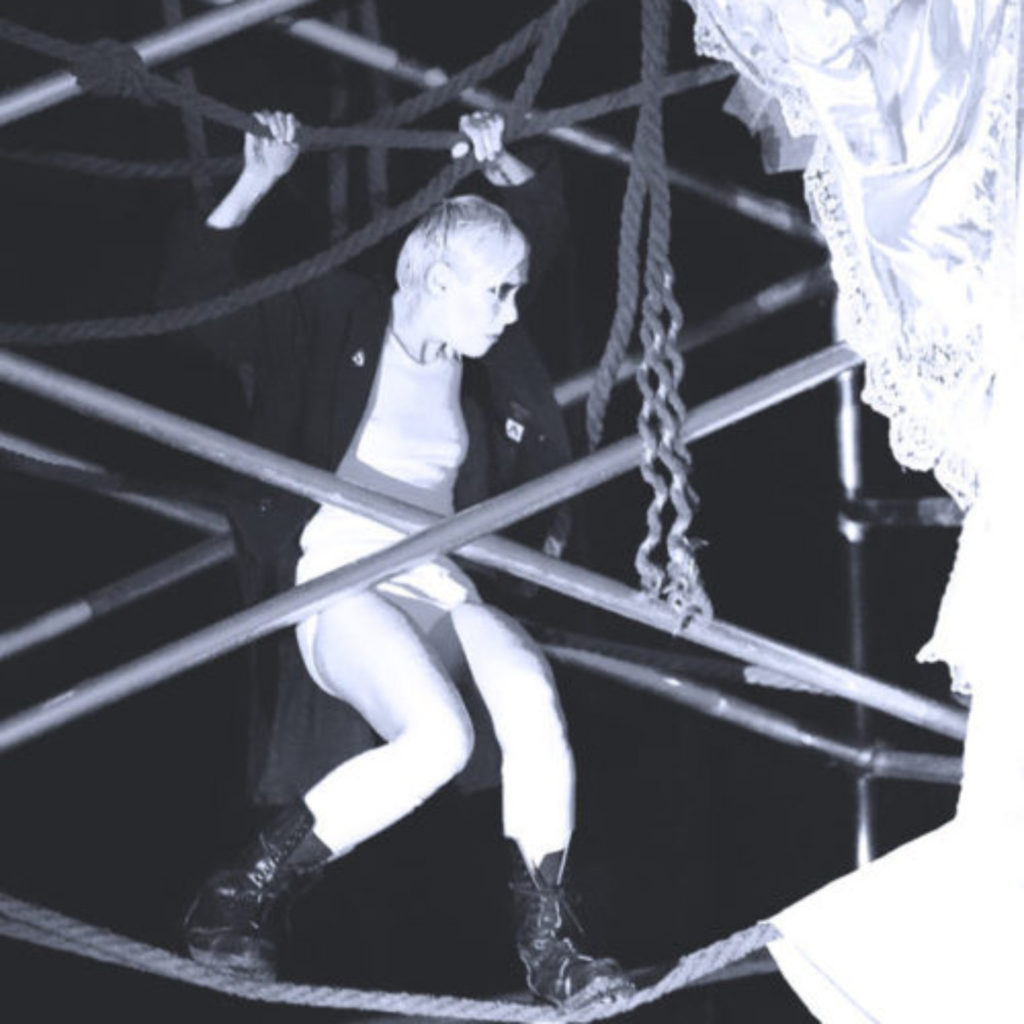
Virginia Barratt. VNS Matrix founder, cyberfeminist, Virginia Barratt is a PhD candidate at the University of Western Sydney in experimental poetics. Her doctoral topic is panic, engaging tensions between ontological meltdown/psychic deterritorialisation and ontological security. Panic is remediated from its pathological narrative and reimagined as a space of urgency/agency from which to act. Her work of performative text, SLICE, is forthcoming from Stein and Wilde.
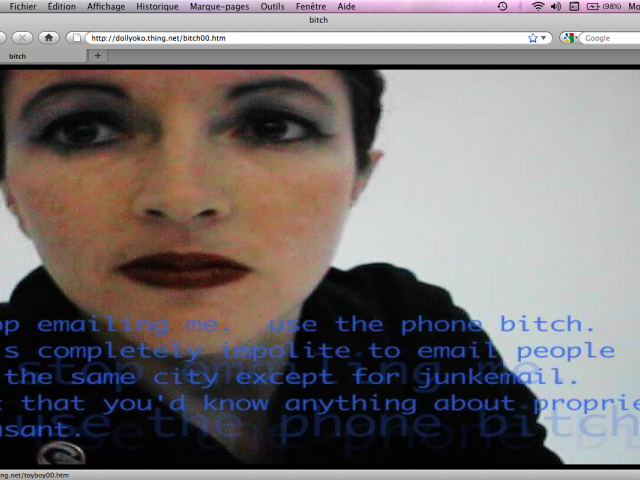
Francesca da Rimini explores the poetic and political possibilities of internet-enabled communication, collaborative experimentation and (tel)embodied experiences through projects such as her award-winning dollspace. As cyberfeminist VNS Matrix member she inserted slimy interfaces into Big Daddy Mainframe’s databanks, perturbing the (gendered) techno status quo. Her doctoral thesis at the University of Technology Sydney investigated cultural activism projects seeding radical imaginations in Jamaica, Hong Kong and the UK. A co-authored book, Disorder and the Disinformation Society: The Social Dynamics of Information, Networks and Software, will be out in May 2015.
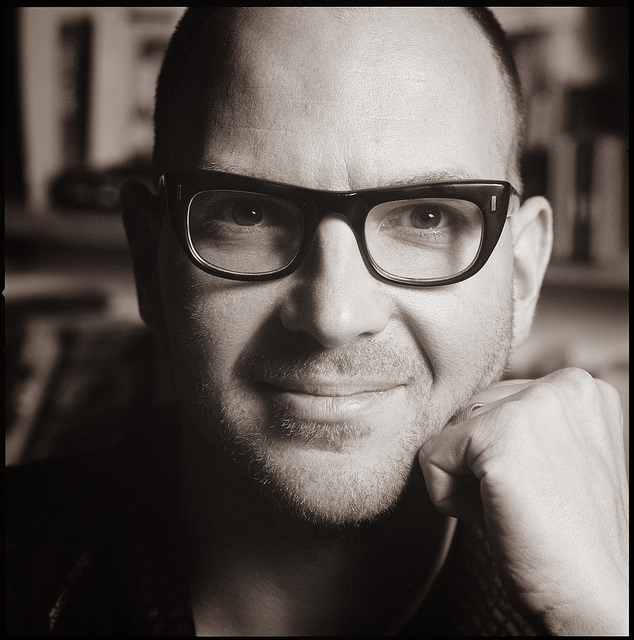
Cory Doctorow is assigned the label Internet philosopher, who writes, blogs and debates about online rights. Doctorow is convinced that copyright is an out-dated idea that damages the Internet and criminalizes peoples’ online actions improperly. According to Doctorow the current regulations of copyrights are obsolete by the unstoppable copy machine we call the Internet, which continues to produce samples of available online material such as pictures, music and text. Cory Doctorow is also an award-winning science fiction author and co-editor at boingboing.net.
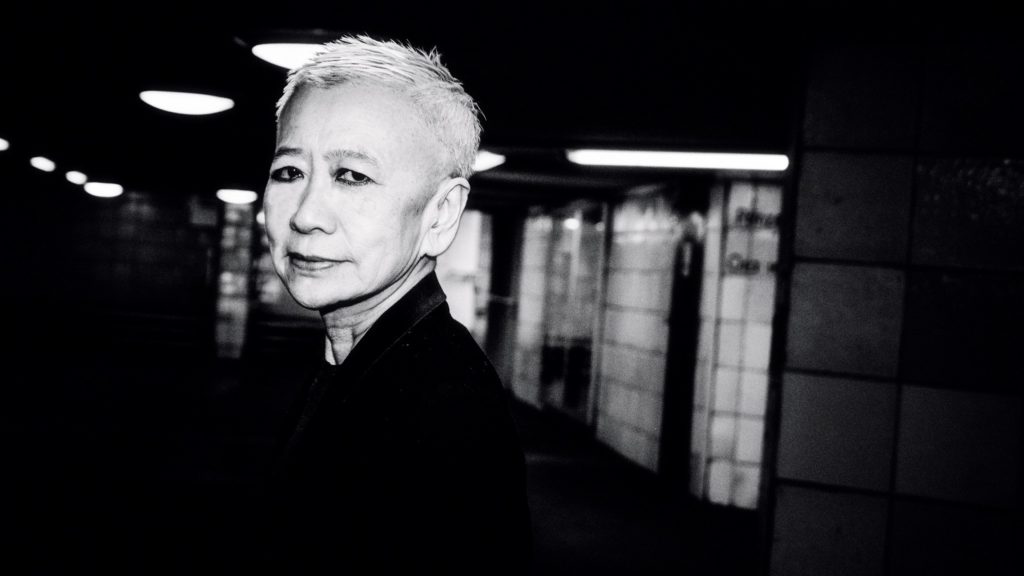
Shu Lea Cheang is known for her pioneering work in the field of media art and she is a true multidisciplinary and activist artist whose work spans from film to net art and performance (online, and in galleries) and video installation. Beginning the 1981 she was involved in the media activist’ collective ‘Paper Tiger TV’. Among her important multimedia works is the ‘Brandon Project’ (1998-99). Guggenheim Museum’s first official engagement with the then-emerging medium of internet art and one of the first works of this medium commissioned by a major institution. Following the production of the cyber porn film ‘I.K.U.’ (2000)(first porn film to be shown at the Sundance Festival) she focused on questions of copyrights and economy in media culture. Shu Lea Cheang holds a BA in history from the National Taiwan University, and a MA in film studies from New York University.
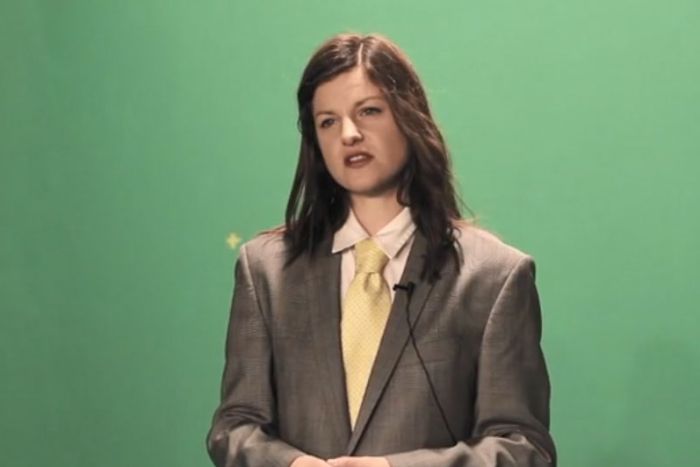
Jennifer Lyn Morone™ Inc (US). In a world before the Internet – information, transmission and dissemination was a controlled and regulated endeavour. The advent of the information superhighway, which is currently littered with social media sites run by billion dollar corporations, has blurred the lines of community ownership of one’s personal information and the individual. By incorporating herself she effectively wrestled the control of her digital self, back from corporations and took an active role in the sale of her information. Morone has been motivated by an underlying fascination with the relationship between technology, human beings, and the socio-economic political implications the melding of the two produce. That social concern, spurned Jennifer to create Jennifer Lyn Morone™ Inc.
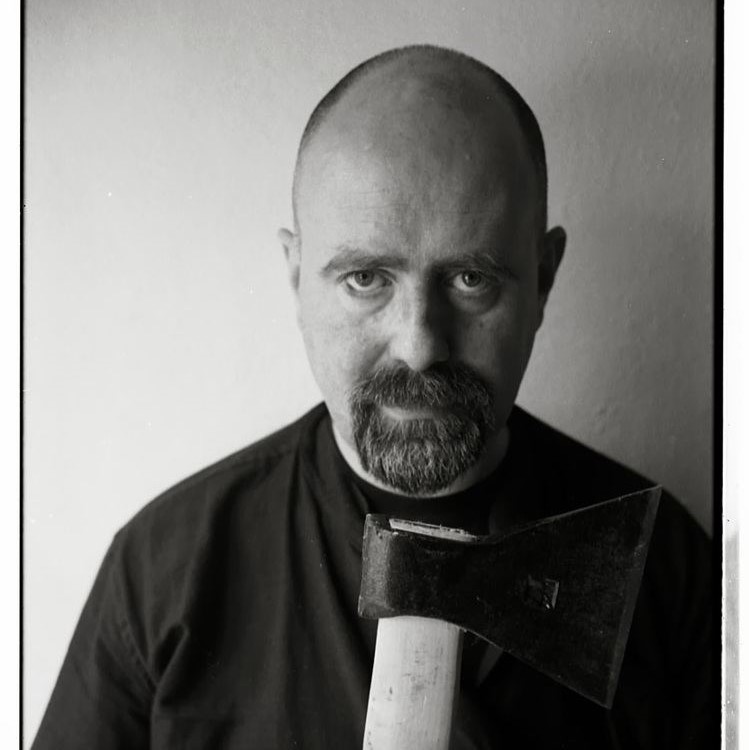
Andrew McKenzie (UK). The British Andrew McKenzie is the core of The Hafler Trio. His professional career began more than 3 decades ago and through the years he has worked with different professions such as audio designer, psychotherapist, hypnotherapist and workshop leader in Creative Thinking. McKenzie is also co-founder of Simply Superior where he teach creative processes that challenge the way you think in order to make you realize what you know, and are aware of not knowing. McKenzie’s projects and present goals all involve applying everything learned by experience over the last 48 years for the benefit of other. Andrew McKenzie defines himself as a mood engineer, specializing in changing people’s lives.

Angela Oguntala (US/DK) is a designer whose work sits at the intersection of technology, design, and futures studies. Currently, she heads up an innovation lab for Danish designer Eskild Hansen, envisioning and developing future focused products and scenarios. In 2014, she was chosen by a panel consisting of the United Nations ICT agency, Ars Electronica, and Hakuhodo (Japan) as one of the Future Innovators for the Future Innovators Summit at Ars Electronica – called on to give talks, exhibit her work, and collaborate on the theme ‘what it takes to change the future’.
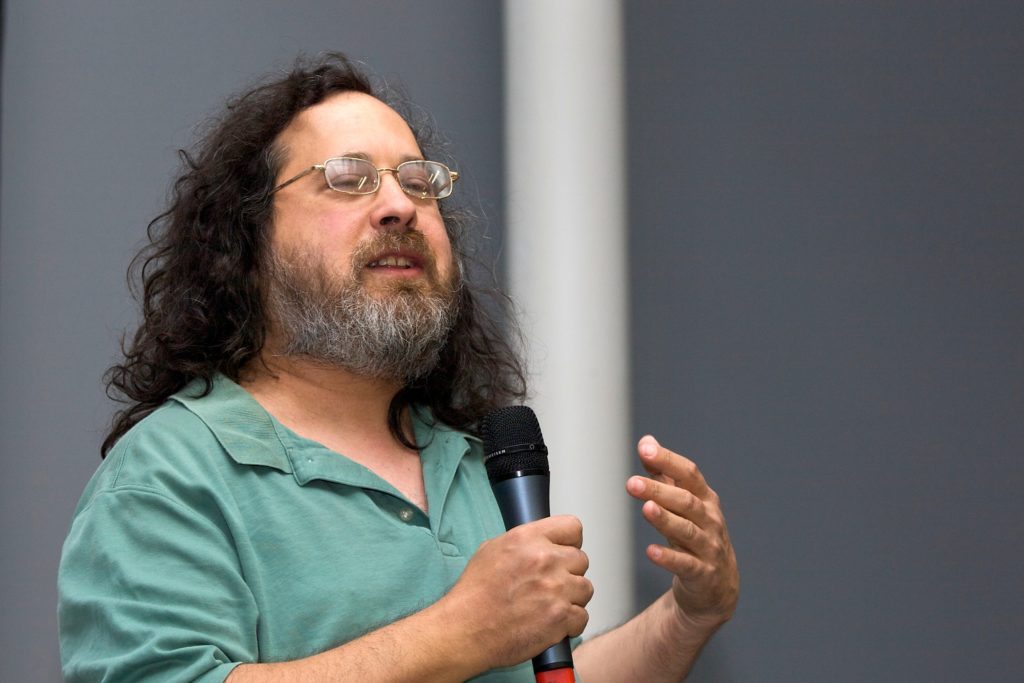
Dr. Richard Stallman launched the free software movement in 1983 and started the development of the GNU operating system (see www.gnu.org) in 1984. GNU is free software: everyone has the freedom to copy it and redistribute it, with or without changes. The GNU/Linux system, basically the GNU operating system with Linux added, is used on tens of millions of computers today. Stallman has received the ACM Grace Hopper Award, a MacArthur Foundation fellowship, the Electronic Frontier Foundation’s Pioneer Award, and the Takeda Award for Social/Economic Betterment, as well a several doctorates honoris causa, and has been inducted into the Internet Hall of Fame in 2013.
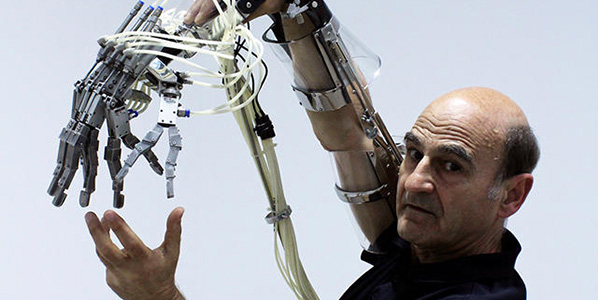
Stelarc (AU). An extra ear. A third arm. Six legs. A walking head. The Australian performance artist Stelarc is questioning and challenging whether or not it is possible to optimize the abilities of the human body. Stelarc has since the 1960s not hesitated to include advanced technology in his projects. After having examined several test on his own body, he announce a manifest claiming that the human body is out-dated and no longer meets the information society we live in. Stelarc uses his artwork to convey how the human body hypothetically will appear in the nearest future, if the technology is considered an extra dimension to the evolution.
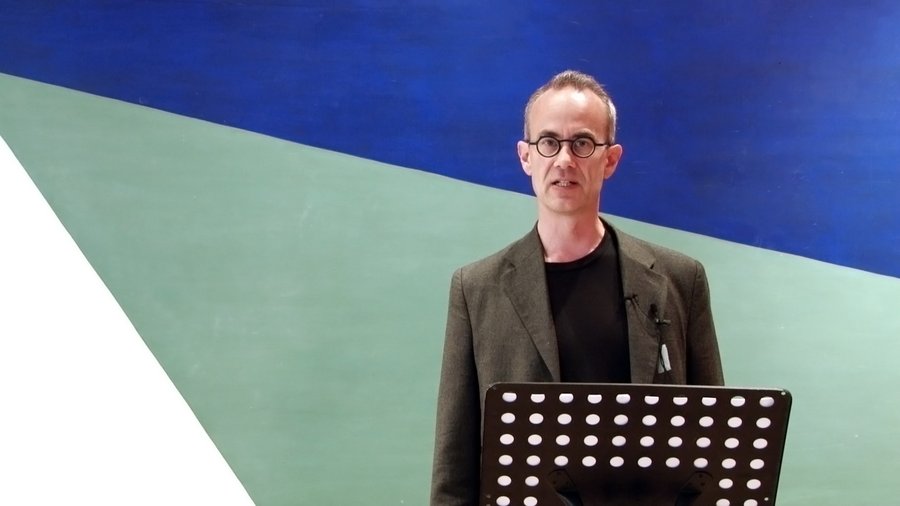
Jacob Wamberg, Professor of Art History at Aarhus University. Principal Investigator for Posthuman Aesthetics. In the posthuman field, he has co-edited The Posthuman Condition: Ethics, Aesthetics and Politics of Biotechnological Challenges (2010) with Mads Rosendahl Thomsen et al., and is now working on tracing the early contours of the posthuman paradigm (ca. 1900-1930), focusing on Dada, Futurism and Functionalism.
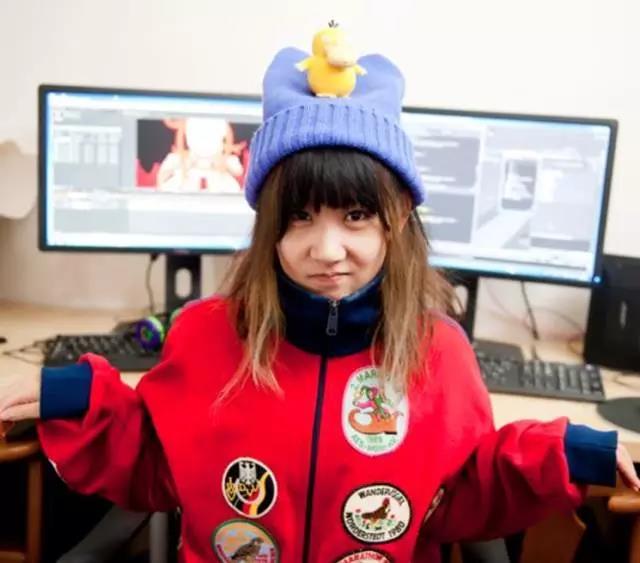
Shanghai based artist Lu Yang utilize a range of mediums known from pop culture such as Japanese manga and anime, online gaming, and sci-fi. She mixes these with discourses of neuroscience, biology, and religion, when she asks what it means to be human in the 21st century. Her depictions of the body, death, disease, neurological constructs, sexuality/asexuality, gender is unsentimental, confrontational and in their morbid humor not for the squeamish. Lu Yang is one of the most influential Chinese contemporary artists rising at the moment. She is a graduate from the China Academy of Art New Media. Her work has the last couple of years been internationally shown at museums and galleries and she has in 2014 been residency at AACC in New York and Symbiotica in Australia.
Please visit the CLICK website to purchase your ticket.
Ticket: 350 DKK. / Student: 250 DKK.
Featured image: Artist Suguru Goto discusses his work.
London 2012: there is of course one event which springs to mind when we think about this city and the year we’re in, but there is also another significant event happening in London right now, one which is very important for the digital and media arts world. It is the year that Watermans Arts Centre is holding the International Festival of Digital Art 2012.
As well as showcasing an array of digital art by internationally renowned artists, the programme also offers the opportunity for members of the public to get involved in discussions around themes that the Festival touches on through the seminar series accompanying the shows. These are in collaboration with Goldsmiths, University of London. Nearly three months in, the Festival has launched two exciting shows,Cymatics by Suguru Goto and UNITY by One-Room Shack Collective.
The first show, Cymatics, is a kinetic sound and sculpture installation that expresses Goto’s vision of nature. To enter it, the audience step through a door into a boxed, dark room within which they are presented with a touch screen interface, a shallow metal tank holding water and a screen showing a video feed of the water in the tank. The piece invites the audience to move the water in the tank by manipulating sound waves via an interactive screen. The result of the interaction is a stunning variety of geometric shapes, demonstrating the distortion that sound waves can have on a substance. This occurrence reveals the bridge between technology and nature, which fits into Goto’s re-occurring theme within his work of the relationship between man and machine.
The seminar which coincided with the show, Interactivity and Audience Engagement, was chaired by Régine Debatty and featured on the panel Tine Bech, Graeme Crowley and Tom Keene, all who which explore audience engagement in different ways within their work. Tine Bech is a visual artist and researcher whose installations invite audiences to engage in playful interactions, from chasing a motion reactive spotlight in Catch Me Nowto sound triggering shoes in Mememe. Tom Keene is an artist technologist whose focus intersects participation, communication and technology. His work is multidisciplinary, investigating the way we communicate, mediated by technology. His practice is diverse, from exploring the potential relationships between networked everyday objects in Aristotles Office to inviting a community to comment on their local issues through signs in Sign X Here. Graeme Crowley is a designer and artist who has created installations for prominent public areas, including The Wall of Light, commissioned by Arrowcroft Plc for the centre of Coventry and Spiral/Bloom commissioned for a hospital in Rochford by the NHS.
I found the juxtaposition of these three practitioners very interesting as each of them explore the interaction between audience and technology in varying ways. Bech’s work is very tactile and sculptural, almost making people forget the technology behind it. She likes to look at technology as something we can mould and which can be used to explore the wider issues which art can bring up, rather than just focussing on the tech itself and how ‘shiny’ (to use her own term) it is. In contrast to this, within Keene’s practice technology feels very prominent, visually as well as conceptually. Crowley’s focus is different again as it mostly operates within the commercial sphere. It therefore is produced for greater public consumption and needs to withstand being a permanent exhibit, becoming part of the architecture it is planted on rather than something which is temporary. The talks given by each panel member and discussions which accompanied them were all diverse and brought up interesting points around the idea of audience engagement and interactivity. Members of the audience entered into these discussions with ease, creating an open dialogue which itself was participatory and engaging.
UNITY, by One Room Shack is the current exhibit as part of the International Festival of Digital Art 2012, bringing a piece of work to the gallery which aims to embody the Olympic spirit, visually as well as conceptually.
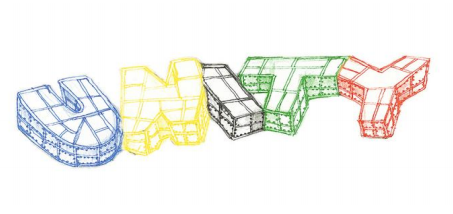
Design for Unity
The installation takes the form of a transparent maze, angular in its structure and illuminated with different coloured LED lights in each section. Each illuminated section of the structure forms a different letter, all together spelling the word ‘unity’. As the audience navigate their way through the installation, their movement is picked up by motion sensors, triggering the LEDs at each point to turn on. These each represent a particular colour of the Olympic rings.
The ideologies of the Olympic Games linked with an immersive space explores the value of ‘being together’, something which the African humanist philosophy Ubuntu also speaks about.
UNITY is effective in exploring the theoretical concepts embedded within it through a playful and simple interactive structure. As an individual you step from section to section with the different groups of LEDs individually illuminating you as you go through the work. When a group of people interact with the piece at the same time however, the piece lights up as a whole, echoing the values of being together that UNITY invites us to explore. It is through enabling this experience, that the work celebrates and explores human connections.
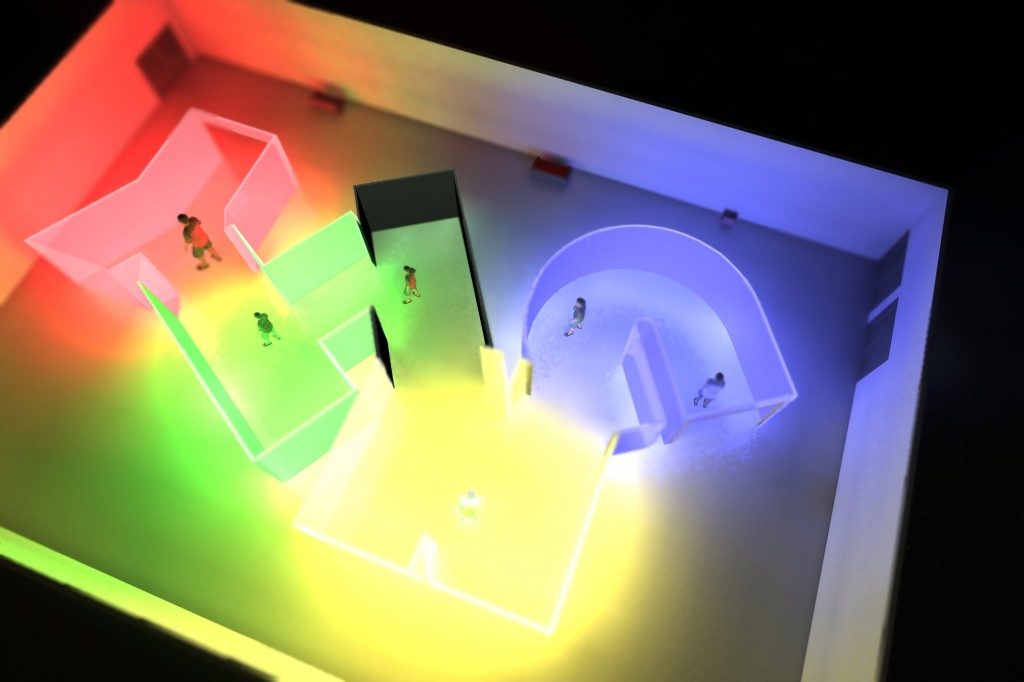
I do find it interesting how the piece has such a strong stance towards the more idealistic ideologies of the Olympics, especially when taking into account the anti Olympics sentiment present in London. The event does bring people together, but unfortunately as we’ve seen in East London and also at previous Olympic locations across the globe, they also have the ability to put local communities at risk through rising rents and eviction [1]. UNITY looks at ‘…understanding the implication of UNITY on humanism in a neo-liberal world where hyper-capitalism and love of excess trump compassion and selflessness.’ [2] but in reality, the Olympics have unfortunately become something which arguably embody these traits. This said, I do think that UNITY is an incredibly beautiful piece in its visual execution and that its interaction compliments the theoretical idea which it is looking to address.
I look forward to the remainder of the International Festival of Digital Art 2012 and the eclectic ideas within media and digital art which the programme explores. I interviewed Irini Papadimitriou, Head of New Media Arts Development at Watermans, about the Festival:
Emilie Giles: First of all, can you tell us what the premise is behind the International Festival of Digital Art 2012?
Irini Papadimitriou: The idea behind the Festival started from a decision to develop a series of shows that could form a discussion rather than being one-off exhibitions and help engage more people in the programme. In the last year we have been focusing more in participatory and/or interactive installations so I thought it’d be interesting to dedicate this project and discussions in exploring more ideas behind media artworks that invite audience engagement as a way of understanding our work in the past year.
Since this was going to take place in 2012 we felt it would be necessary to open this up to international artists so this is how the open call for submissions came up last year. We received so many great proposals it’s been very hard to reach the final selection, but at the same time the opportunity of having a year-long festival meant we could involve as many people as possible and hear many voices not only through the exhibitions (this is just one part of the Festival) but also with other parallel events such as the discussions, presentations of work in progress by younger artists and students, the publication, a Dorkboat (coming up in June with Alan Turing celebrations), as well as collaborations with other organisations or artists’ networks and online.
EG: Touching on your last answer, the Festival has a clear aim then to engage people in discussion rather than just being viewers of a show. Do you think that within media and digital art there is a particular need for this approach?
IP: I think that hearing people’s thoughts and responses and enabling discussion is important for all exhibitions and art events but specifically for the Festival (since the aim is to question & explore audience participation). It was very relevant to hear ideas and views from other artists, technologists, practitioners etc but also audiences, rather than just the participating artists.
Also, and this is my view, I think as media and digital art use technologies that many of us are not particularly familiar with or if we use technologies it will be most probably as consumers, it’s important to talk about and discuss the process (as well as impact of technologies) both for the artists as well as for audiences.
EG: The themes chosen for the programme are diverse and each relevant to media and digital art in their own way. What are the reasons for each focus and why?
IP: The themes explored in the Festival result mainly from the selected proposals and discussions with the artists. There were so many things to talk about so having these themes was a way to start from somewhere and help understand better the installations shown throughout the year. The seminars that we are organising are an opportunity for the artists to talk about their work and share their ideas with both audiences but also with other artists invited to take part in the panels. It is also a way of discussing these themes and presenting other work that raises similar issues. The seminars are shaped around the themes such as perception and magic in digital art, sound and gesture, geographies, virtual spaces as artistic mediums and of course participation and interaction. We are currently working on a publication with Leonardo Electronic Almanac which will be coming out in the next couple of months and will include essays from artists, academics and students as well as interviews with the artists behind the selected proposals. Again the catalogue has the Festival themes as a starting point but we tried to combine different content and ways of communicating these.
EG: How do the pieces featured in the exhibition question audience engagement, participation and accessibility ?
IP: The artists presenting work are exploring participation and audience engagement in different ways and I think we will have also interesting outcomes from the seminars and the publication which will allow us to explore these ideas further.
In the current installation, UNITY, One Room Shack collective are using the playful structure of a maze (in the form of the word UNITY with each letter lighting up in the colours of the Olympic rings) inviting people to walk inside to reflect and draw upon the complex nature of human reality and ‘difficult’ aspects of human existence.
Michele Barker and Anna Munster who will be showing HokusPokus later on are interested in exploring how we perceive actively in relation to our environment, how we see, what we see and how this makes us ‘interact’. HokusPokus inspired from neuroscience examines illusionistic and performative aspects of magic to explore human perception, movement and senses. The tricks shown in HokusPokus have not been digitally manipulated; they will unfold temporally and spatially, amplifying and intensifying aspects of close-up magic such as the flourish and sleight of hand.
The Festival will close with an installation by American artist Joseph Farbrook, Strata-Caster, which was created in Second Life mirroring the physical world, exploring positions of power, ownership, identity and drawing parallels between virtual and physical worlds. An interesting and important part of the installation is the use of a wheelchair by visitors to enter and navigate Strata-Caster.
EG: How have the 2012 Olympic and Paralympic Games inspired the Watermans International Festival of Digital Art?
IP: As we are trying to explore what participation is we thought it would be an interesting link (rather than inspiration) between the Festival and the Games/Cultural Olympiad since they are meant to symbolise, promote and inspire values like creativity, collaboration, participation, engagement etc. The Festival isn’t about the Olympics and participating artists didn’t have to propose work that linked to the Games, but we did receive many proposals that reflected on the Games, what they represent and the meaning of participation, so some of these proposals are being shown as part of the Festival, such as One Room Shack’s UNITY and Gail Pearce’s Going with the Flow.